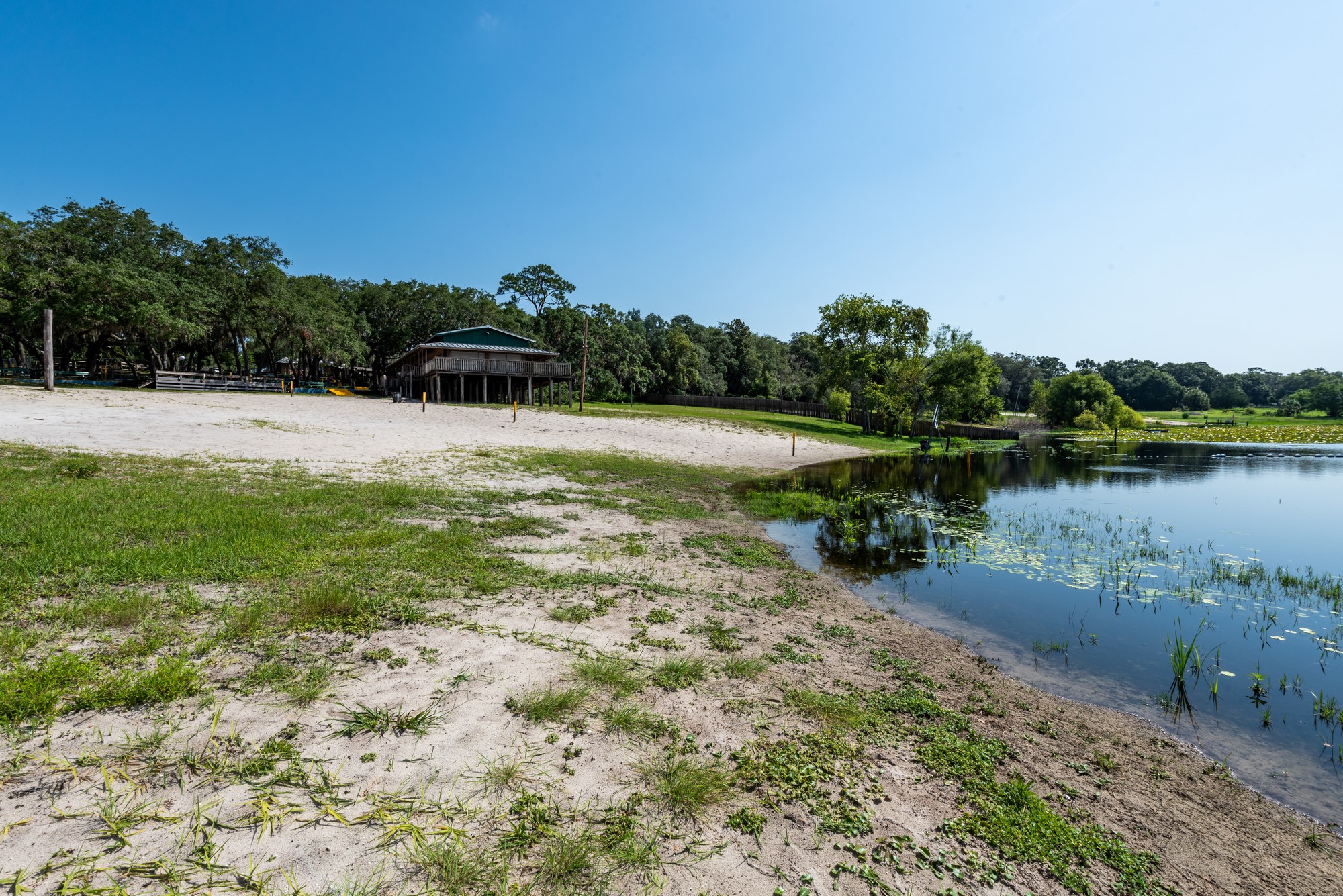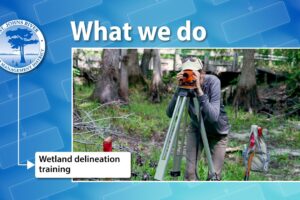District Governing Board, utilities partner to protect water
supplies and lake levels
July 15, 2021
The St. Johns River Water Management District’s Governing Board earlier this week approved partnership agreements with four north Florida water supply utilities to participate in the Black Creek Water Resource Development Project. This is a major project identified in the multi-year North Florida Regional Water Supply Planning process to replenish the aquifer, maximize water supplies and protect lakes, wetlands and other natural systems, helping us to meet our core missions of water supply and natural systems enhancement.
Once completed, this project will have far-reaching benefits for north Florida as it will replenish the Floridan aquifer. An additional benefit of the project will be the improvement of water levels in the Keystone Heights chain of lakes. As noted by our Governing Board Chairman Gen. Douglas Burnett, this project is a great example of innovation and partnerships working together to get the science right, through participation agreements that make the most sense to all and moving a vital project another step closer to completion. This process will require the District, utility partners and the public to collaborate and contribute to the success for our shared benefit.
We have gotten to this milestone thanks to the tremendous support of District Governing Board Vice Chairman and former Sen. Rob Bradley, who has worked with the District on the Black Creek project vision for many years. Through his leadership, he and his former colleagues in the Florida Legislature appropriated $40 million in funding spread over multiple years, strongly signaling that Tallahassee is committed to water resources and addressing challenges facing our water supplies and our waterways. As Sen. Bradley said during the Board proceedings: Promises made, promises kept.
The Black Creek Water Resource Development Project is key to providing regional aquifer recharge benefits and for larger consumptive use permitholders to offset their users’ impacts.
Our Board this week approved participation agreements with Clay County Utility Authority, Gainesville Regional Utilities, JEA and St. Johns County Utilities, which addresses their proportional share of current impacts to area water levels and fully offsets their impacts from future pumping of water through 2045.
The project also benefits lakes Brooklyn and Geneva in Keystone Heights (Clay County), which are sandhill lakes within the upper Etonia Creek chain of lakes and among the most-studied lakes within the District. A reevaluation of the lakes’ minimum flows and levels (MFLs) indicated that MFLs are not being met, requiring a recovery strategy that has identified a suite of projects and measures, including the Black Creek project, to develop additional water supplies and other actions to achieve timely recovery to the recently revised MFLs.
The Brooklyn-Geneva recovery strategy includes water conservation, water supply and water resource development projects, which were developed through close coordination with stakeholders during the development of the North Florida Regional Water Supply Plan (NFRWSP), adopted in 2017.
MFLs are one tool used for setting limits on groundwater and surface water withdrawals. Establishing MFLs is an important component of the District’s work of planning for adequate water supplies for today and for future generations while also protecting water resources within the District.
My thanks to the District’s Governing Board, our talented staff, the leaders and residents of Keystone Heights, the Florida Legislature, utilities and Save Our Lakes volunteers for the positive energy and collaboration that have gotten us to this point. Now the work begins to put the remaining steps in motion to benefit our water resources.






